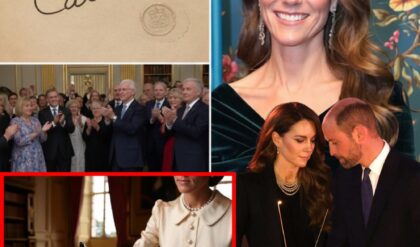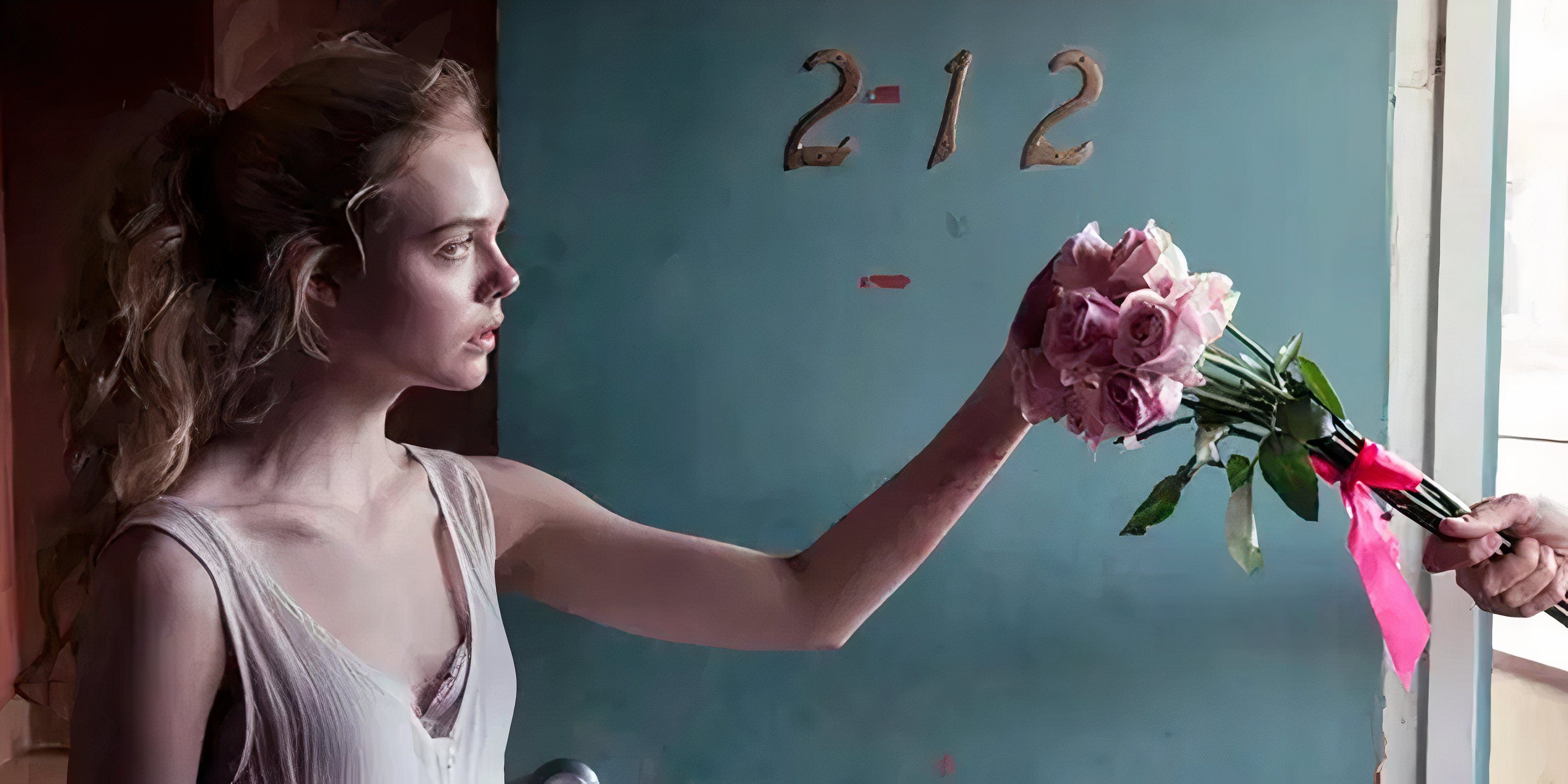
Nicolas Winding Refn is a strange, smart man. The director of some of the most violent films of the last two decades, Refn sometimes gets pigeonholed as a director of spectacle, but to hear the man speak, it’s instantly clear that his polarizing works come from a person who can’t help but think deeply about everything he does. He even revels in the split opinions that his films often elicit, saying in one interview that he thinks art should be disagreed about, or else it isn’t very interesting, and if any artist would know what it’s like to have people arguing about their work, it’s Refn. Having directed only 10 films since his debut with Danish film classic Pusher in 1996, Refn’s short list of movies is wall-to-wall with controversial films that are as disliked by some as they are beloved by others, and perhaps none so much as his last film, 2016’s The Neon Demon.
Starring Elle Fanning when she was just 16, The Neon Demon is a contemporary fairytale, a highly stylized and fantastical tale of a young girl recently arrived in L.A. to pursue a life of high-fashion modeling. That eternal trope of country kid trying to make it in the big city is where The Neon Demon leaves the expected behind, however, as it immediately and completely embraces almost impressionistic high aesthetics, high weirdness and a thoroughly violent nature that it maintains for its 1 hour 58 minutes runtime. While 2011’s Drive maintains its status as Refn’s biggest mainstream hit, The Neon Demon‘s depiction of beauty so powerful that it’s a supernatural force is the auteur director’s most ambitious and most seductive film in both its aesthetics and (despite what some critics thought at release) its philosophical reach, and it’s one of the better and most original horror films of the current millennium.
The Neon Demon Is the Latest and Greatest Movie by Danish Film Legend Nicolas Winding Refn
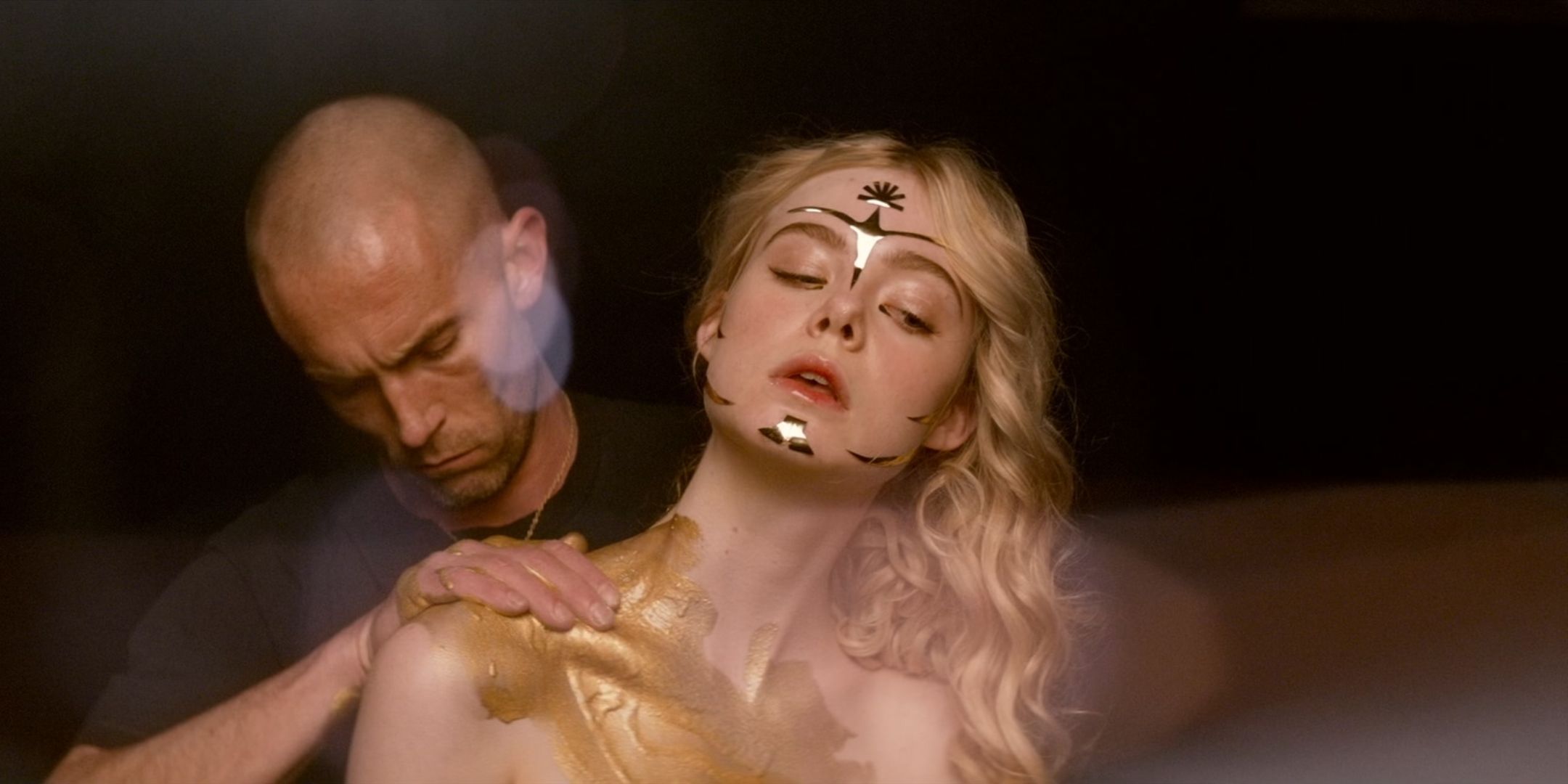
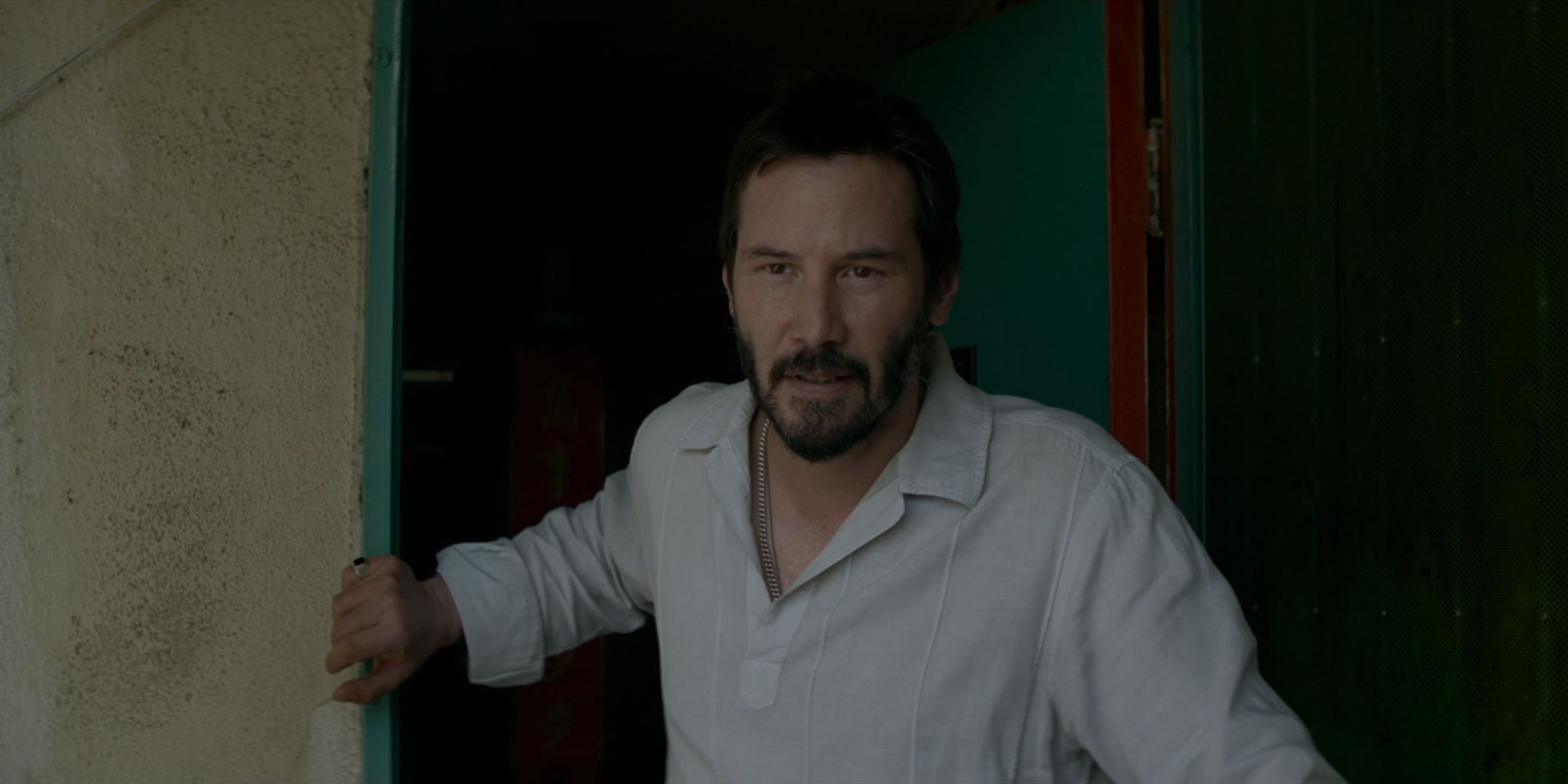
Films Directed by Nicolas Winding Refn
Year
Title
1996
Pusher
1999
Bleeder
2003
Fear X
2004
Pusher II
2005
Pusher 3
2008
Bronson
2009
Valhalla Rising
2011
Drive
2013
Only God Forgives
2016
The Neon Demon
Read More
Nicolas Winding Refn was born into a film family in his home country of Denmark.
Refn eventually tried acting school in New York before deciding to learn on the job, making 1996 crime film Pusher, considered a landmark work in Danish film.
From there, Refn continued to make striking films about violence, eventually leading to his beloved hit Drive.
Nicolas Winding Refn’s life in film started from birth, being the son of cinematographer Vibeke Winding and director/editor Anders Refn and the nephew of a cinema owner. Refn spent his first years in his native Denmark, where his socialist artist parents, according to Refn, exposed him to some cinema (Refn says he saw The 400 Blows at the behest of his mother at a young age), but they were against the violent cinema of America, leading him to naturally be drawn to it. Refn’s family moved to New York in the 80s for his teen years, where Refn became part of the club scene at the end of the infamous Michael Alig years (as seen in Party Monster) and further indulged his love for cinema at local theaters like the beloved Cinema Village.
After a stint trying to attend acting school at the American Academy of Dramatic Arts, because John Cassavetes did, Refn was kicked out in an incident that involved him throwing a chair at a wall, and not long after he found himself working for his uncle in Denmark, securing films for distribution in his uncle’s theaters. For a while, Refn tried to get into film school, first failing to get accepted to the National Film and Television School in the UK twice and then getting accepted to the film school in Denmark, but despite his father’s encouragement, he decided not to go. Refn had an excellent reason for skipping film school, though: He was already making a film, inspired by American independent films like El Mariachi, Bad Lieutenant and, most of all, Clerks.
While Clerks is far from Refn’s style visually or thematically, the low-budget “learn by making” style of Kevin Smith struck a chord with Refn, and using his family and their connections as resources, Refn set out to make a film. Much to his surprise, he received an $800,000 grant from the Danish government, and he used it and what he says was his knowledge of what would connect with people from his time in distribution to make Pusher, a crime film and Mad Mikkelsen’s debut and which went against the trend in indie film at the time by being a pure genre film and not, as Refn put to The Dissolve, “just people walking around, talking about semi-philosophical things.”
Pusher took time to take off in Denmark, but eventually the youth population glommed onto it, and that took the film and Refn on a ride to international attention. Refn next made two more crime films, 1999’s Bleeder and 2003’s Fear X, Refn’s first foray into English-language film starring John Turturro. While both films garnered some attention (especially Bleeder in Denmark), Fear X‘s failure to make money led Refn’s production company Jang Go Star to go bankrupt, and he returned to Denmark to make Pusher II and Pusher 3, both critical successes. Building from there, Refn took on the story of Britain’s infamous violent prisoner Charlie Bronson and made 2008 Tom Hardy experimental crime film Bronson, which though it was a commercial failure was a major hit critically, even earning a nomination for the Grand Jury Prize at Sundance.
“I’m not a crime groupie, but I like people in desperate situations.”
– Nicolas Winding Refn (to The Dissolve )
By this point, Refn’s signature style was well established, opting for bright colors, painterly-framed shots, long periods of silence and unhinged surreality and experimentation baked into everything. Refn brought the distinct style he’d developed to his next two films, 2009’s Viking oddity Valhalla Rising and 2011 crime film and Ryan Gosling vehicle Drive, which became by far his biggest international success financially and at awards ceremonies. Drive‘s mix of quiet stretches punctuated by moments of extreme violence, its gorgeous darkwave/ambient soundtrack and its ultra-stylized depiction of The Driver, a man of few words and intense convictions played to perfection by Ryan Gosling, struck a chord with viewers all over the world. Refn and Gosling teamed up again for the director’s next film, the even more aesthetic, surreal and violent Only God Forgives (2013), but it’s Refn’s most recent and wildest film that is his most stunning work so far, 2016’s beautiful, horrific The Neon Demon.
A Modern Fairytale about Death and Beauty: The Neon Demon Is Art at Its Most Cutting
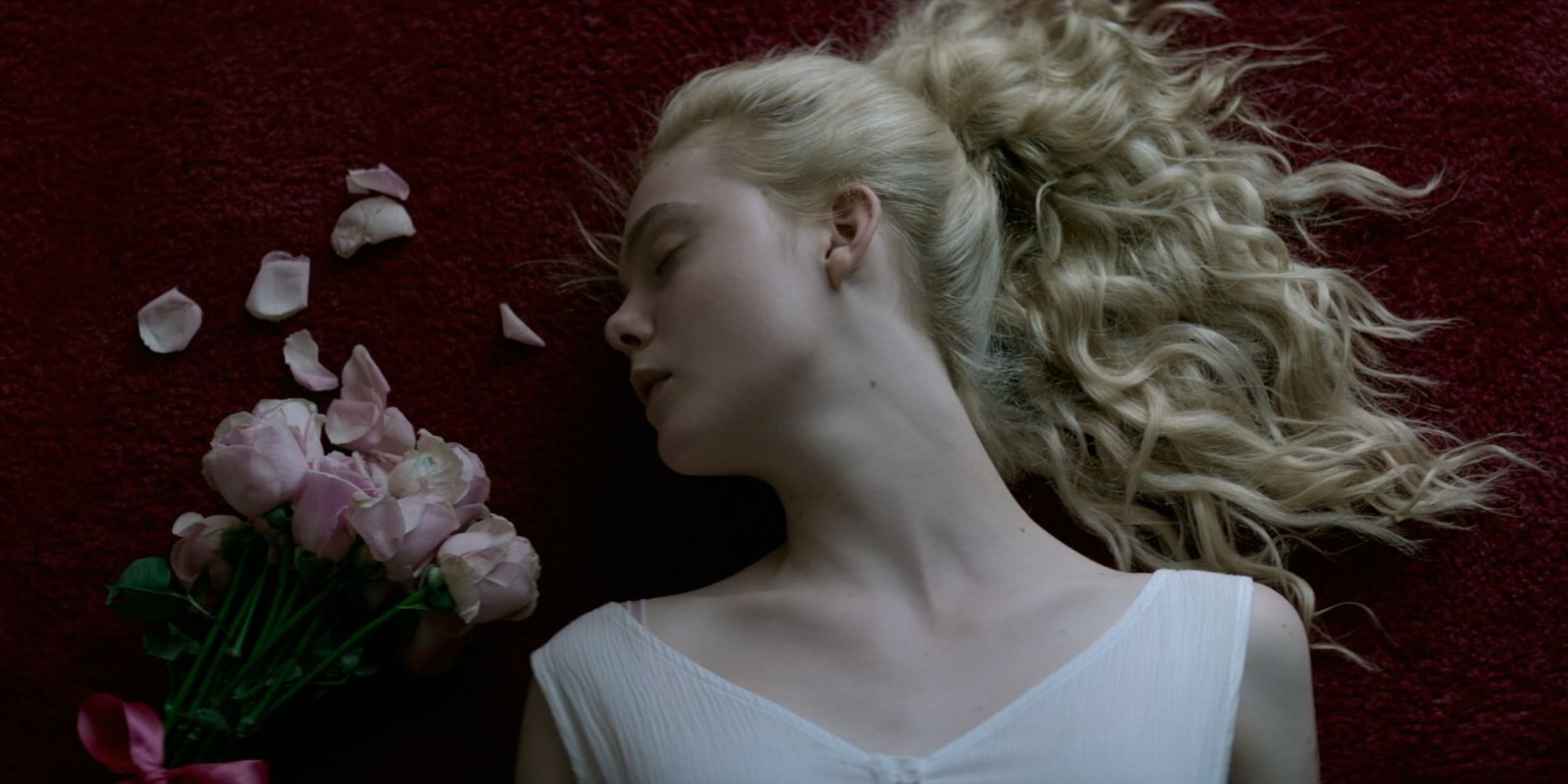
While Drive is his most famous, Refn’s best work is 2016’s The Neon Demon.
Set in L.A.’s cutthroat high-fashion modeling world, The Neon Demon is about a supernatural figure of beauty that attracts the attention, jealousy and violence of those around her.
A surreal, highly stylized story full of incredible imagery and shocking violence and manipulation, The Neon Demon is a fairytale for the 21st century.
The Neon Demon is a vicious, gorgeous film, featuring more bisexual lighting than perhaps any other in history and an unending cavalcade of high-contrast, often blood-soaked imagery that turns the weirdness of L.A.’s fashion scene up a notch to full surreality. It’s a film whose look builds on that of Drive and owes much to the richly colored, high-aesthetic look of movies like Liquid Sky (one of Refn’s favorites), and its story is equally based in the world of images as it follows Elle Fanning as Jesse, a 16-year-old girl come to L.A. to become a model after the alleged death of her parents back in Georgia. According to Refn:
“I woke up one morning a couple of years ago and was like, ‘Well, I was never born beautiful, but my wife is,’ and I wondered what it had been like going through life with that reality. I came up with the idea to do a horror film about beauty, not to criticize it or to attack it, but because beauty is a very complex subject. Everyone has an opinion about it.”
– Nicolas Winding Refn, The Boston Globe
Almost immediately after Elle Fanning’s Jesse appears on screen, makeup artist Ruby (played by Jena Malone) asks Jesse, “Are you food or are you sex?” shortly before another model says about Jesse, “Don’t you think that she’s just perfect?” Jesse, standing in a club bathroom soaked in reddish-purple light, quietly laughs away the first question, and the fashion-world veterans that surround her take her lack of response for shy innocence, immediately deciding that she’s a perfect target to be used and discarded. But the secret of The Neon Demon is that the humans that see Jesse as an innocent are horribly, deadly wrong: Jesse doesn’t laugh because she doesn’t know how to answer or is embarrassed to, Jesse laughs because it is deeply the wrong question to ask an actual demon, especially the demon of beauty.
Because that’s what The Neon Demon is: A modern fairytale about beauty, and Jesse is the representation of the concept of beauty brought to life in its true nature, as a real demon, with all of the unrelenting aesthetics, the manipulation and the violence that is inherent to such a creature. Rarely speaking much except to further her image of an innocent human, Jesse lets others around her believe they are manipulating her into a journey through the world of L.A. fashion, finding herself lodging, jobs and support that these people convince they are giving because they are getting more out of it than she is. The truth of the matter, though, is that whether Jesse has become possessed by a demon of beauty or she is an inhuman creature born just for this moment with a fully fake backstory, there is very little of a mortal person left in her, and it’s her that is manipulating those around her, drawing them to her like moths to a flame, consuming their attentions like a vampire or a god.
Soundtracked spectacularly by Drive composer and musical genius Cliff Martinez, The Neon Demon immerses the viewer in the world of beauty at its most commodified and yet most dedicated, focusing on both its viciousness and its creation of stunning art in a way that at once feels exaggerated but entirely reflective of the real beauty industry. Refn has said he likes to make movies about things he doesn’t know about beforehand, learning as he goes in order to give a clear and more true perspective on them, and for The Neon Demon, he hired model-actress Abbey Lee (famous in film for her part as one of the wives in Mad Max: Fury Road and most recently seen in Horizon: An American Saga) to both act in the film and serve as a consultant on the fashion side of things.
The resulting film mixes the real world of cutthroat high fashion with Refn’s incredible eye for imagery and penchant for impressionistic scenes that seem to live in an eternal world of symbolism outside of the narrative of the film (something he shares with his inspiration and friend, Alejandro Jodorowsky, who did tarot readings for Refn during the film’s making), and it is a visceral and intellectual punch to the throat of a movie. Everyone in it gives their all, including Christina Hendricks in a small role, Alessandra Nivola as the epitome of shitty-moraled fashion director and Keanu Reeves in an uncharacteristic scumbag role, with Jena Malone particularly shining as an occultist makeup artist who wants to have sex with Jesse to get close to her beauty.
Winding Refn’s The Neon Demon Is Proof that Style Is Not the Enemy of Substance
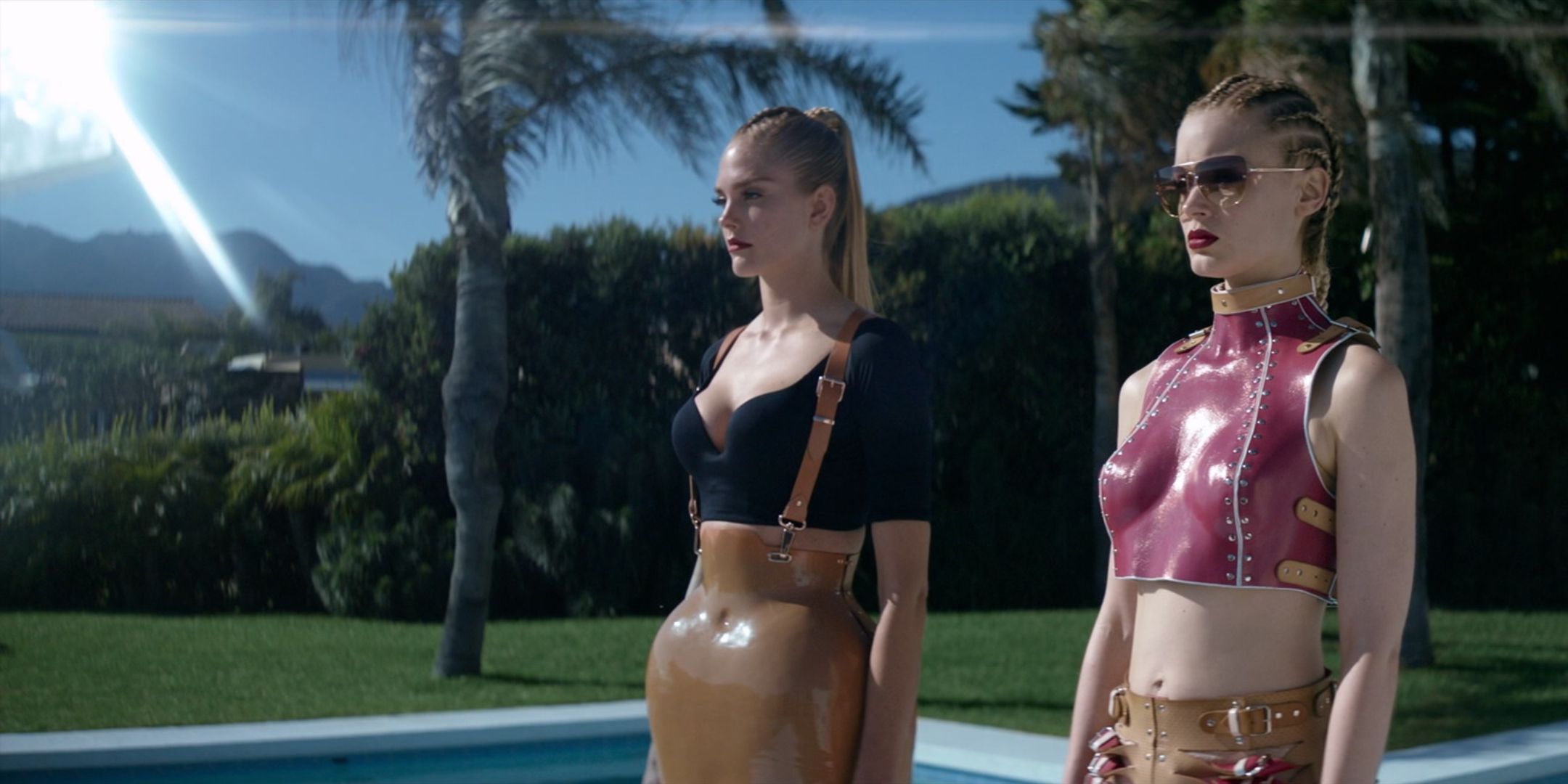
The Neon Demon received mixed reviews, and people often mistake Refn’s willingness to show the extreme sides of humanity as shock for shock’s sake.
Refn’s films are anything but, as the man is one of the deepest thinkers in film.
Refn has moved to TV since The Neon Demon, meaning it stands as the living legend’s current best film and a true masterpiece of modern cinema.
The film’s plot is both difficult to describe succinctly because of Refn’s dedication to not explaining anything out loud and letting the viewer interpret it on its own, and it’s also a disservice to anyone interested to try it, as The Neon Demon is the kind of art that needs to be experienced firsthand. Those that do have found it both appalling and intoxicating in equal measure, and indeed when it competed at film’s most important event, the Cannes Film Festival, it received both a standing ovation and extensive boos. Refn is used to such reactions to his films, though, and even invites them, being nothing if not an artist who revels in creating movies that leave no space for a mild reaction.
Because, when watching a Refn film, one is going to feel something, whether positive or negative. Using extreme imagery and almost nothing in the way of traditional structure or dialogue, most especially not exposition, Refn (who believes streaming is broken) creates pocket dimensions of meaning that many have found incomprehensible or even exploitative, believing the graphic depictions of sex and violence, manipulation and death, are only for shock value. These readings of Refn’s films are shallow and reactionary, though, as just a few seconds of hearing the man speak about his work or even a cursory attempt at reading further into what he’s created reveal a mind that thinks deeply and freely about the world around him.
Refn has said repeatedly, including in interviews about The Neon Demon, that he believes the world has entered a new era of story with what he calls “the digital revolution,” and that humanity will require new myths to go along with that. The Neon Demon is one such myth, a fantastical, rich, thoroughly vicious fairytale about the world and its obsession with beauty, one which Refn says inevitably and inherently leads to violence. And until Refn brings his iconoclastic vision to the big screen again, as he has been working in TV since, The Neon Demon remains the freakish horror/sci-fi masterpiece of one of the world’s true great living artists. Watcher beware, though: This is one that will stick in the brain for a long, long time.




